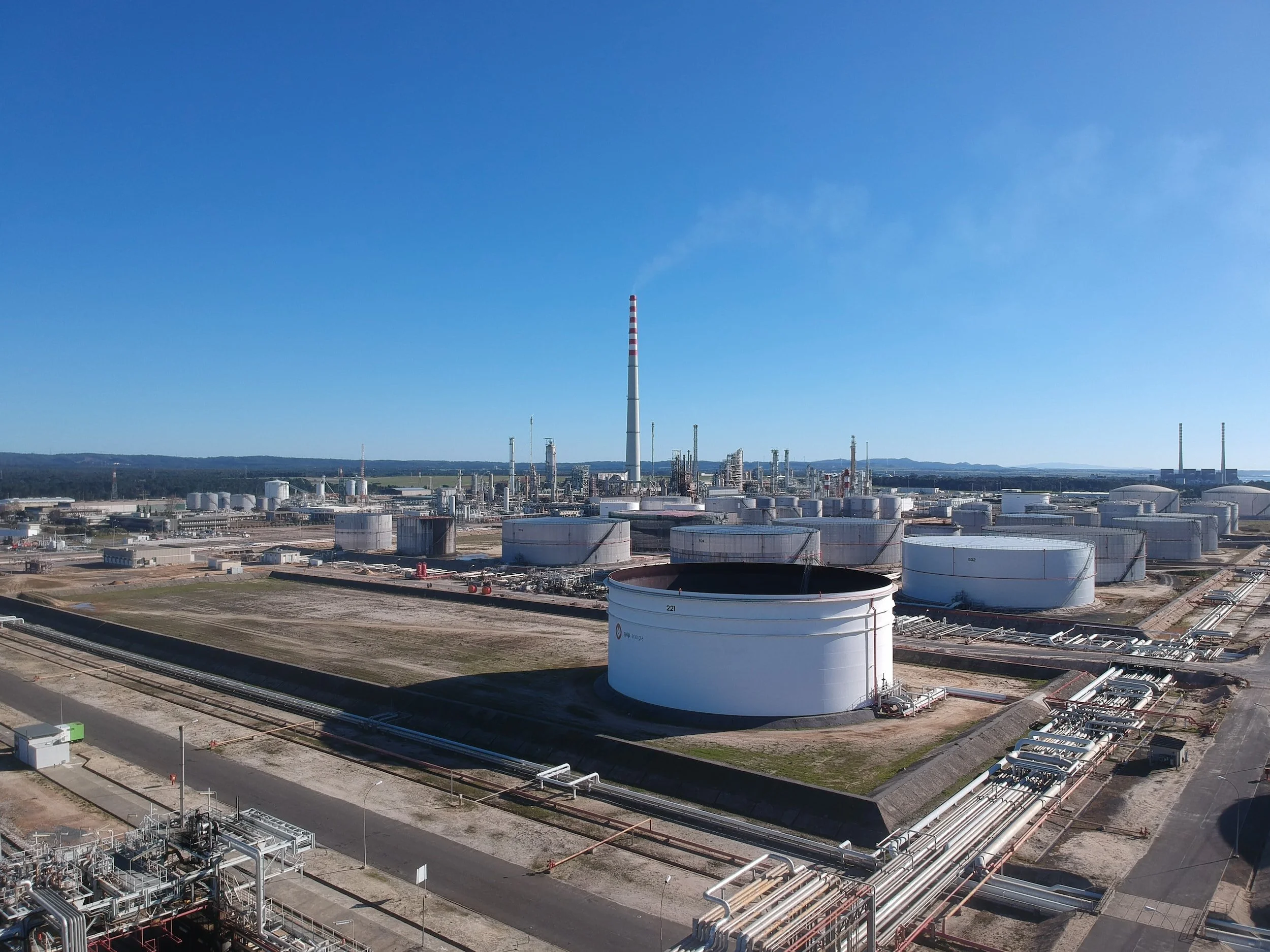The problem with Paraquat
Australian primary producers are increasingly turning to paraquat, a non-selective herbicide to deal with weeds on farms as opposed to traditional glyphosate-based herbicides. This change in end-user behaviour highlights an emerging safety and regulatory risk.
According to Safe Work Australia five fatalities have been attributed to exposure to Paraquat (Safework Australia Draft Evaluation Report 4685-14-7 2020). Needless to say, Paraquat is very toxic to humans, particularly through inhalation and ingestion.
Under the Australian Dangerous Code (the ADG Code), Paraquat is a dangerous good (Class 6.1, Toxic). Furthermore, under the Globally Harmonised System (GHS) for chemical classification, Paraquat and many of its derivatives have a classification of Acute Inhalation Toxicity Category 1. This is noteworthy as GHS classifications are also used to identify and describe materials which when stored in particular volumes, trigger the obligations of a major hazard facility (MHF).
Major Hazard Facilities
MHFs are typically sites that store and handle large volumes of dangerous goods such as oil refineries, petrochemical plants and large dangerous goods warehouses. MHF operators have additional duties to prevent incidents which can have catastrophic consequences for workers and communities.
In Victoria the types and volumes of dangerous goods which trigger the MHF obligations are defined in Schedule 14 of the Occupational Health and Safety Regulations 2017.
Often referred to as major hazard “thresholds” the volume of a particular material which triggers the MHF obligations can vary significantly depending on the material’s inherent risk, for example the MHF threshold for extremely hazardous materials could be as low as 100kg while the threshold for unleaded petrol is 50,000 tonnes.
Each Australian jurisdiction has similar obligations and thresholds under the Work Health & Safety (WHS) regime (for the purposes of this article the Victorian legislation is referred).
Schedule 14
Schedule 14 materials are identified in two ways:
Explicit and specific reference to the material in Table 1 of Schedule 14 with an individual (risk-based) MHF threshold set for the material. For example, Acetylene is listed in Table 1 with a threshold quantity of 50 tonnes.
A more general or generic reference to particular chemical characteristics via GHS classification. For example, flammable liquids which aren’t explicitly identified in Table 1 but have a hazard category 1 have a threshold of 200 tonnes as per Table 2.
Paraquat is not identified in Table 1 however, H1—Acute toxic substances and mixtures (which includes Paraquat and many of the Paraquat-based herbicides) is listed in Table 2 and has a MHF threshold of 20 tonnes.
Meaning anyone storing greater than 20 tonnes of Paraquat (as little as one shipping container) is considered an MHF with comprehensive obligations under the Occupational Health and Safety Regulations 2017.
Furthermore, the storage of just two IBCs of Paraquat (>2 tonne and >10% of MHF threshold) triggers obligations to notify WorkSafe which has discretionary power to impose the MHF obligations on sites storing between 2 and 20 tonnes.
Despite the Regulations not intending to impose MHF obligations on small agricultural distributors and end-users of Paraquat, they are at risk of being captured in the regulatory regime.
Given the relatively low regulatory thresholds for Paraquat and its increasing use, members of the supply chain are encouraged to review their seasonal stock of all dangerous goods, but particularly Paraquat-based products to ensure they’re managing both health and safety risks but also regulatory risks. World events and unseasonal weather have meant that supply chains are disrupted and organisations are potentially ordering and storing more dangerous goods (including Paraquat) at their premises and third-party providers.
With the increase in Paraquat storage at multi-purpose dangerous goods warehouses, it’s critical the warehouse operators identify the secondary risk posed by a fire. A fire which impacts on Paraquat storage is a significant escalation with risks to first responders. These risks highlight the importance of segregation, fire protection and emergency information such as placarding, manifests and an effective emergency response plan.
Finally, whilst it’s important to be aware of the potential MHF impacts and seek advice if unsure, distributors and end-users of Paraquat should primarily concern themselves with the very real health and safety risks of Paraquat; ensuring they have read the Safety Data Sheet (SDS) and are actively implementing and maintaining the risk controls to prevent exposure.
If you’re storing and handling Paraquat MicroRisk Group can assist you with meeting your obligations under the dangerous goods and occupational health and safety legislation. See our Services for more information.




